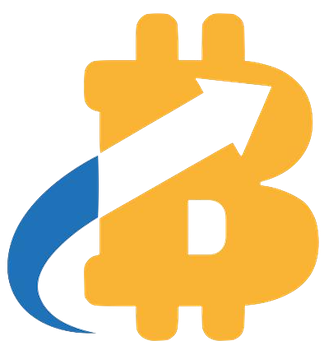In an age where technological progress marches forward, the regulatory framework monitoring our digital landscape is desperately in need of enhancement. The recent introduction of the Digital Asset Market Clarity Act by House Financial Services Committee Chairman French Hill marks a turning point for the future of cryptocurrencies in America. This ambitious, bipartisan legislation aims to create a unified federal approach towards digital assets, but it raises several questions and concerns about its implications for innovation, market dynamics, and personal freedom.
Understanding the Proposed Framework
The Digital Asset Market Clarity Act defines several key categories including “digital commodity,” “investment-contract asset,” and “permitted payment stablecoin.” These definitions are crucial in delineating the boundaries of what falls under the jurisdiction of securities law and what is classified as a commodity. While on the surface, this effort could provide necessary clarity, one must wonder whether the increased bureaucracy may stifle the very creativity that has driven the digital asset revolution thus far.
Regulations attached to areas such as primary token offerings and certification processes for “mature” blockchain systems raise concerns about government overreach. With thresholds like the $75 million cap for issuers, the bright line divisions might unintentionally kick-start a game of “whack-a-mole” where innovators will shift their strategies to circumvent new constraints rather than respond to a perceived regulatory blessing. Is this a legislation meant to spur growth, or merely a setup for what feels like bureaucratic conformity?
Safety vs. Stagnation
While the bill does seek to provide safe harbors and protective measures for token offerings, one must critically examine whether these “safeguards” might lead to stagnation in an already volatile market. The four-year safe harbor allows for growth, but the restrictions on trade and classification could limit the potential for dynamic exchanges that break traditional molds. The fixed definitions might in effect categorize novel ideas as merely security or commodity, thereby chaining them to older frameworks that were perhaps never designed to accommodate such rapid innovation.
Moreover, the shift in oversight from the Securities and Exchange Commission (SEC) to the Commodity Futures Trading Commission (CFTC) for spot trading and digital commodities may introduce confusion rather than clarity. As Chairman Hill touted “certainty,” the prospect of dual oversight on hybrid products raises questions about consistency in regulatory interpretation. A confused regulatory landscape could exacerbate risks rather than eliminate them.
The Implications for Entrepreneurship
The calls for certainty and clarity by lawmakers like Agriculture Committee Chairman G.T. Thompson and Digital-asset subcommittee chairs like Bryan Steil and Dusty Johnson seem to resonate with a sincere intent to foster entrepreneurship. However, one wonders: does such a regulatory framework genuinely democratize access, or merely serve to solidify power structures in existing institutions? It is critical to recognize that when government enters the arena, it runs the risk of favoring established players at the expense of true innovation.
Entrepreneurs in the digital space are often motivated by groundbreaking ideas rather than a desire to fit neatly within a bureaucratic box. As the bill advances, serious considerations must be taken into account to ensure that it is not just a regulatory framework but a genuine enabler for the next generation of tech leaders. Stalwarts of tradition might benefit from such clarity, but will new entrants feel empowered or restricted?
Consumer Protection or Enhanced Restrictions?
The bipartisan support from Democratic co-sponsors including Angie Craig and Ritchie Torres ostensibly identifies this act as a consumer protection measure. However, labeling it a “consumer-protection and inclusion policy” raises eyebrows about how “closes regulatory gaps” might, in practice, lead to new barriers. While well-intentioned, such protections can often morph into over-regulation that limits consumer choice and innovation within the digital landscape.
Could it be argued that the legislation risks creating an environment more conducive to entrenched player advantages, rather than leveling the field for developers and investors alike? The sentiment in the financial establishment often demands regulation for stability; however, history shows that too much regulation can lead to a sclerotic evolution of ideas, thereby stifling creativity.
While the Digital Asset Market Clarity Act sets a stage aimed at establishing rules, it is crucial for all stakeholders, particularly the innovators, creators, and entrepreneurs, to engage critically with these developments. The balance between regulation and innovation will be the battleground of the future, and it is essential to remain vigilant about the implications of each legislative step. The clarity desired by lawmakers must not come at the cost of creativity, freedom, and entrepreneurship.



















Leave a Reply